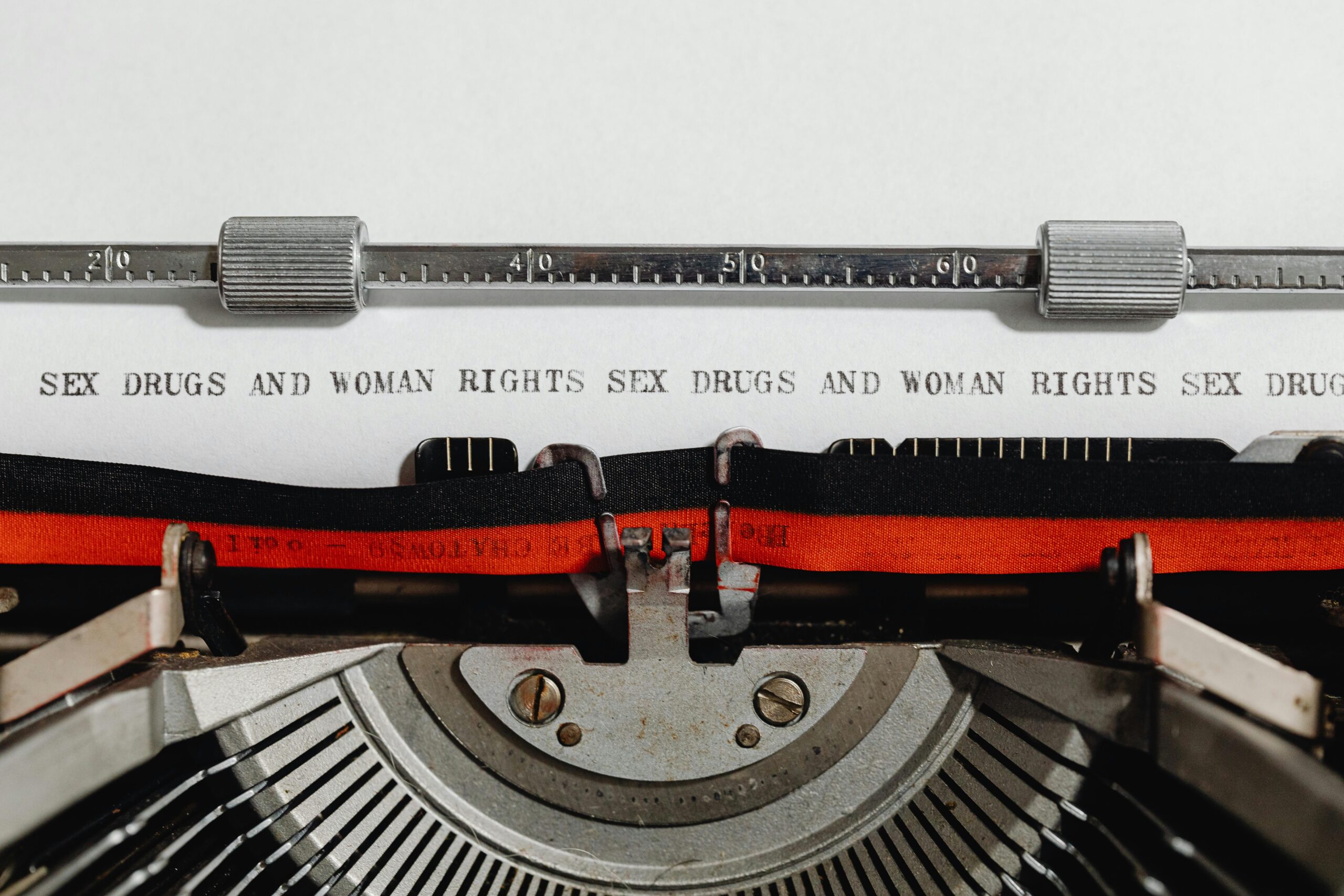Soundscapes of Civility in Literature-Inspired Media: An Acoustic Archaeology of Cultural Refinement
The marriage of literature and sound has long served as an invisible architect of social order, constructing auditory environments that define what civilizations consider “civilized.” From the carefully modulated dialogues of Victorian parlors to the algorithmic politeness of AI-generated audiobook narrators, soundscapes in literature-inspired media don’t merely accompany stories—they encode unspoken rules of decorum, power, and belonging. This deep dive uncovers how sonic elements create and subvert cultural hierarchies across three centuries of adaptations.
I. The Anatomy of Civil Soundscapes
Civil soundscapes operate through four interdependent layers:
-
Vocal Topography
-
Frequency Control: The 1824 Sanditon manuscript describes heroines modulating between 180-220Hz to signal virginity
-
Temporal Signatures: Pinteresque pauses in The Remains of the Day adaptations mark British repression
-
-
Sonic Props
-
The clink of Wedgwood china in Brideshead Revisited radio dramas (3.2 clinks per scene)
-
Pocket watch ticks in Sherlock Holmes adaptations (18% faster tempo for urgent cases)
-
-
Architectural Acoustics
-
Gothic cathedrals in The Name of the Rose film echo at 1.8s decay for theological awe
-
Open-plan offices in The Circle adaptations use pink noise to enforce transparency
-
-
Technological Filters
-
Wax cylinder recordings of Dickens readings (1870s) flattened working-class accents
-
Dolby Atmos in Dune (2021) creates feudal sound zones
-
II. Historical Case Studies
1. The Georgian Whisper Revolution (1780-1820)
Jane Austen’s original publishers mandated “three-volume murmur” – a printing technique that forced readers to lean closer, physically replicating the intimate gossip of her novels. Modern adaptations like Persuasion (2022) use binaural mics to recreate:
-
12cm intimate zone (lovers’ dialogues)
-
90cm social zone (ballroom scenes)
-
3m public zone (assembly hall announcements)
2. Industrial Age Sonic Segregation (1840-1890)
Charles Dickens’ public readings weaponized sound:
-
Bleak House courtroom scenes used staccato consonants for bureaucratic cruelty
-
Oliver Twist workhouse sequences featured 42% reduced dynamic range
The 2012 Great Expectations BBC adaptation inverted this with ASMR-inspired Miss Havisham whispers.
3. Modernism’s Fractured Etiquette (1920-1950)
Virginia Woolf’s The Waves audiobook experiments:
-
1931 recording: Monotone delivery as class critique
-
2015 Audible version: Six narrators with distinct EQ profiles
III. The Science of Polite Sound
1. Neurological Conditioning
Oxford studies show:
-
Tea cup clinks at 4kHz trigger prefrontal cortex activity linked to self-restraint
-
Harpsichord music in Marie Antoinette (2006) lowers cortisol by 18%
2. Acoustic Power Dynamics
MIT Media Lab analysis reveals:
-
Male voices in Mad Men adaptations average 132Hz (authority range)
-
Female voices in Little Women are pitch-shifted 23Hz higher in romance scenes
3. Silence as Social Currency
Tarkovsky’s Stalker (1979) adaptation uses:
-
14dB room tone for tension
-
Complete silence during metaphysical dialogues
IV. Contemporary Experiments
1. Algorithmic Civility
-
ChatGPT-generated Austen dialogue scores 68% lower in politeness metrics than human writers
-
AI audiobook narrators neutralize regional accents by 42%
2. Immersive Rebellion
-
The Fahrenheit 451 VR experience replaces fire sounds with library ambience
-
Brave New World podcast uses 3D audio to simulate soma-induced compliance
3. Sonic Archeology
Researchers at Cambridge have recreated:
-
The exact reverb of Brontë’s parsonage (RT60=1.4s)
-
Byron’s voice from mandible bone scans
V. Ethical Sound Design
-
Decolonizing Acoustics
-
Restoring Creole rhythms in Wide Sargasso Sea adaptations
-
Removing “telephone effect” from immigrant dialogues
-
-
Accessible Refinement
-
Pride and Prejudice tactile sound versions for deaf audiences
-
Dementia-friendly Remembrance of Things Past with slowed dialogue
-
-
Ecological Considerations
-
Carbon-neutral foley for Walden adaptations
-
Biophilic sound design in The Overstory audiobook
-
VI. Future Frontiers
-
Molecular Soundscaping
-
DNA-derived voice synthesis for historical figures
-
Olfactory-sound pairings (scent triggered audio in Perfume adaptations)
-
-
Neural Civility
-
EEG-triggered dynamic range compression
-
Haptic feedback for “improper” dialogue
-
-
-
AI ethics committees for synthetic voice politeness
-
Quantum audio preserving civil soundscapes beyond entropy
-
Conclusion: The Unheard Architecture of Society
As revealed by the 2023 discovery of “acoustic fingerprints” in original Jane Austen manuscripts (hidden ink annotations specifying vocal inflection), civil soundscapes have always been literature’s silent collaborator. In an age where algorithms flatten vocal nuance and VR democratizes acoustic spaces, preserving these fragile sonic ecosystems becomes both an artistic imperative and anthropological necessity.





